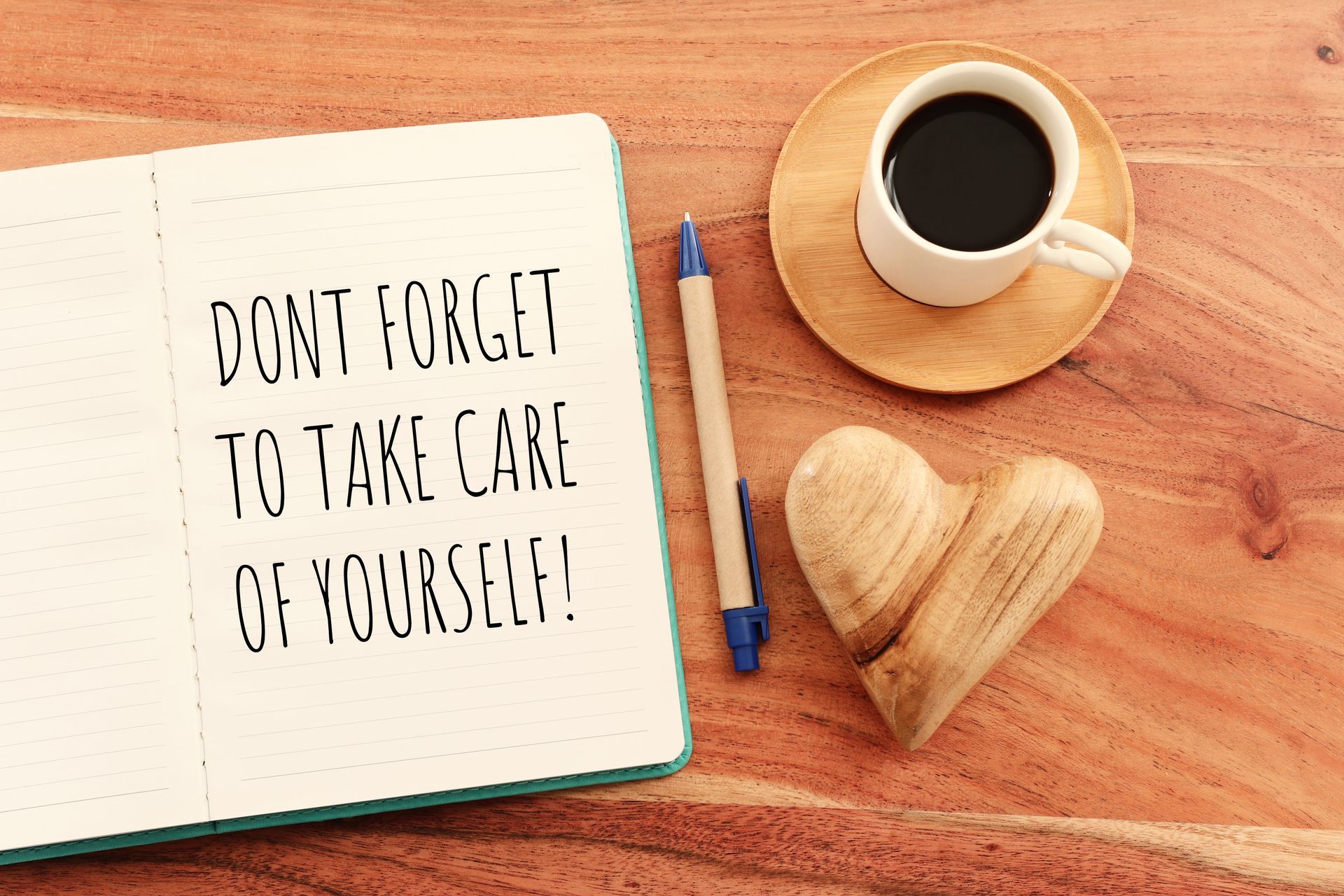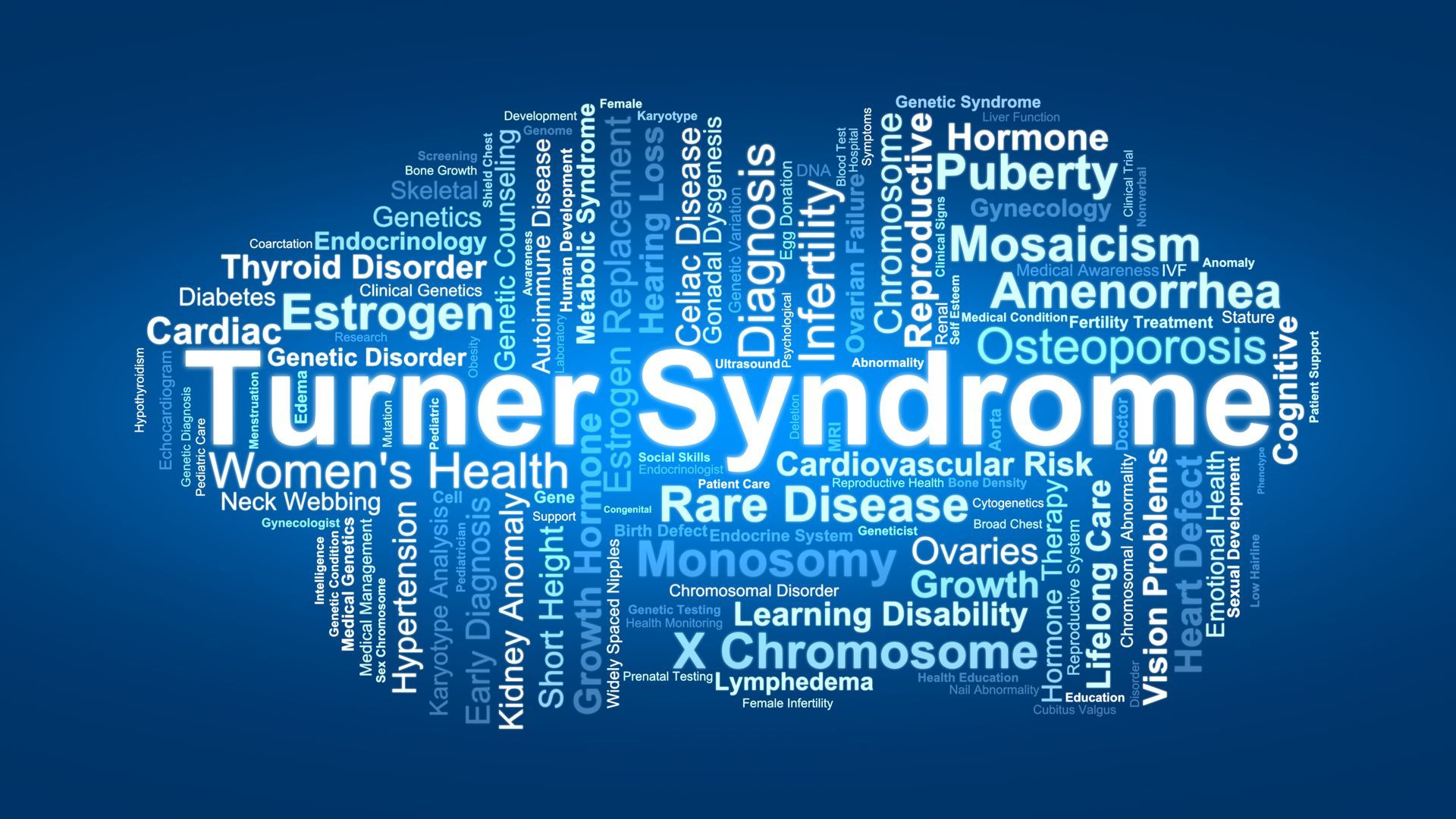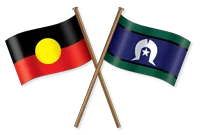Disability inclusion: should the Olympics and Paralympics be merged?

Disability inclusion: should the Olympics and Paralympics be merged?
Today, the Opening Ceremony 2022 Winter Paralympic Games will take place in Beijing.
In this years games an impressive 736 athletes will take part in 79 events across six sports. While parasports in both snow and ice categories have continued to grow over recent years, a still division between disabled and able bodied athletes remains.
The able-bodied Winter Olympic games concluded 20 February 2022, achievements have been well celebrated and athletes have returned home and normal life has resumed, nearly two weeks before tonight’s Paralympic opening ceremony begins, the same is true for the Summer Games.
It got us thinking, in a time where inclusion is widely accepted and embraced, why are we still holding two separate games? The Olympic Games has been around some 3,000 years, the Paralympic Games, while new in contrast, has a 100+ year history; long enough for us to do move parasports from the edge of inclusion.
There are a number of factors and arguments that make merging the two events hard, we look at a few below.
Separate organising bodies
The Olympics and Paralympics are governed by two very separate bodies. The Olympics is governed by the International Olympic Committee (IOC) and the Paralympics International Paralympic Committee (IPC.) Despite a Memorandum of Understanding to extend co-operation to 2032, there are no plans to merge the two, which basically allows the events to run concurrently and jointly promote.
The logistics of merging the Olympics and Paralympics
Logistically it is often argued that merging the two events would be too hard; this is based on the number of competitors that would need accommodation, transport, food, drink etc.
But are we not trying hard enough? Given all competitors compete at the same facilities; track, field, course, pools – could we approach the logistics from an inclusive perspective and leverage these commonalities. With all competitors using the same facilities we could use time tabling to assist with logistics and movement of athletes.
The merging of the events could see a four week long Games, with inclusive timetabling the Games could be designed to move athletes in and out of competitor villages around event scheduling. The Games could be split in two parts grouped by like for like disciplines to help manage numbers in the athlete village. There are many ways to approach logistics inclusively.
What will this do for para-athletes and parasports
There are two views here, and both are equally important.
One is that the integrated competition would raise para-athlete profiles, provide sponsorship opportunities and increase media coverage which will lead to increased participation and more lucrative careers.
Another view is that it could impact the number of events for para athletes or that these events will be overshadowed.
We have only looked at a few considerations here, and there are many more. But we cant think of a better stage to move parasports to inclusion than merging the Olympics and Paralyampic events – we would love to hear your thoughts.
For now though, we look forward to armchair cheering all Paralympic athletes in Beijing, especially those we call our own.
To support our Australian team or to find out more about any of our athletes visit www.paralympic.org.au/beijing2022/
Image credit: Eagle - stock.adobe.com
News & Insights
Check Our Latest Resources







